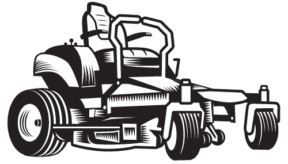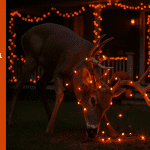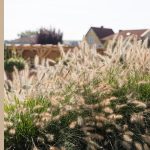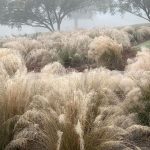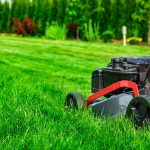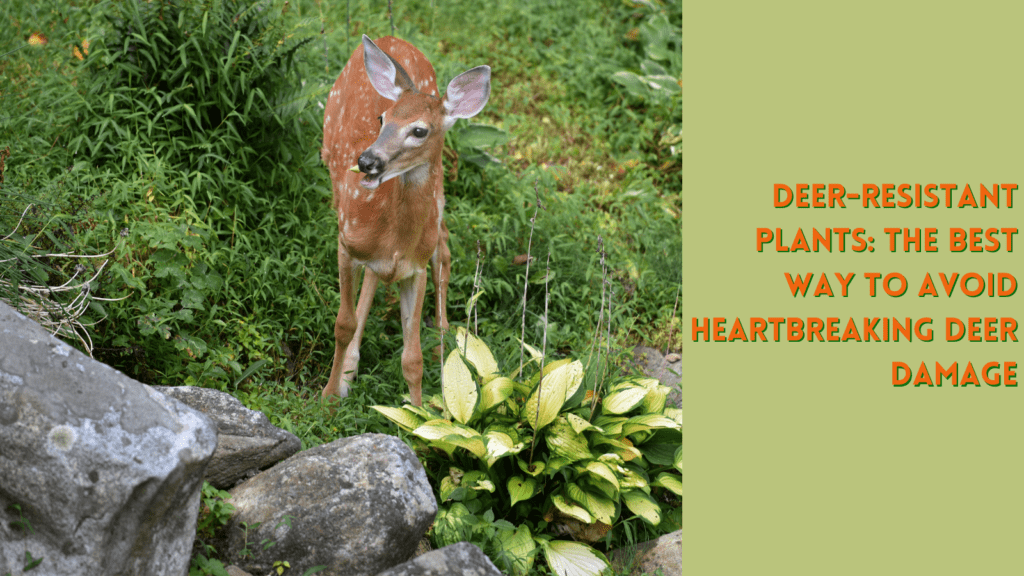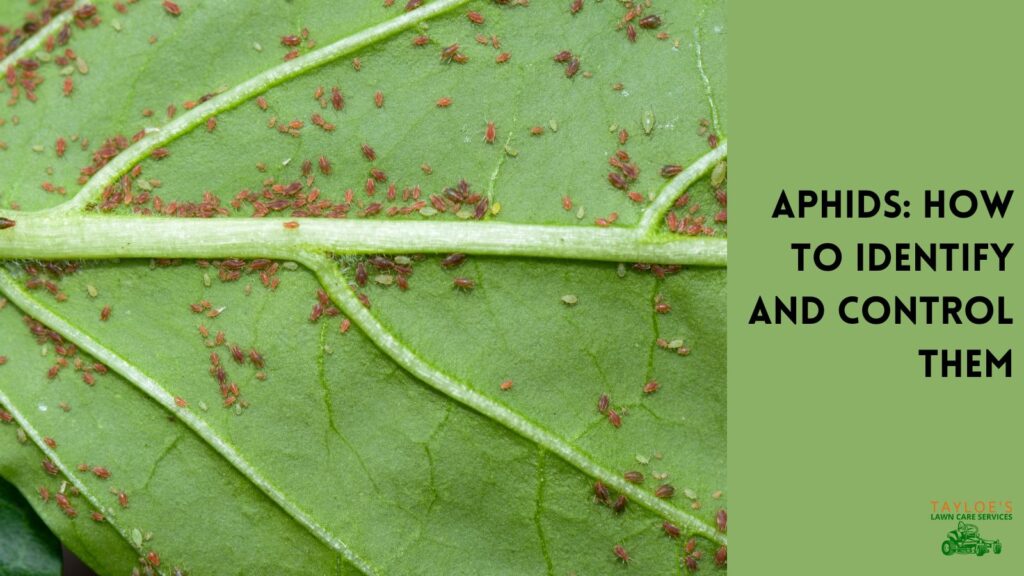Last Updated on: 3rd October 2025, 06:37 am
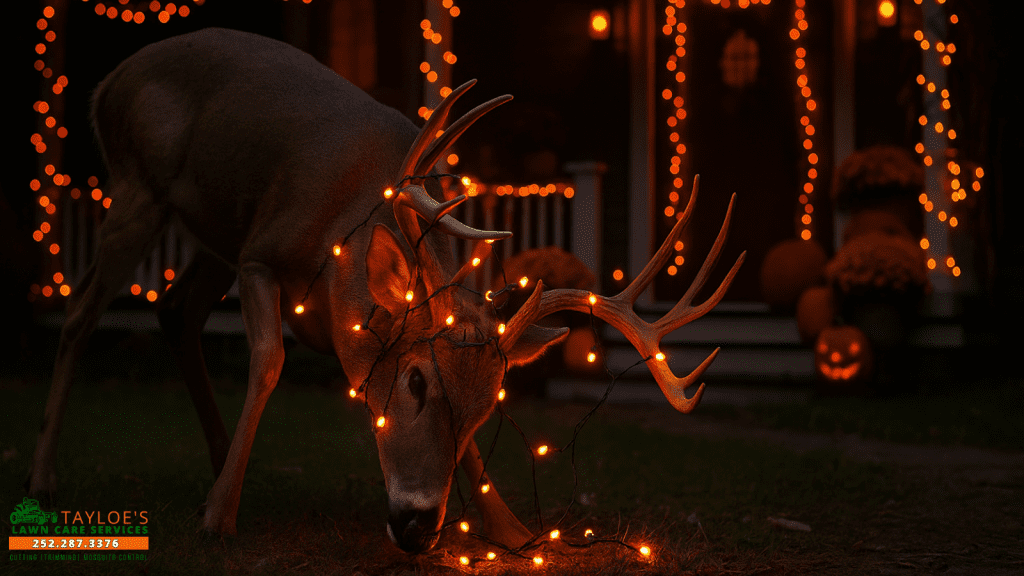
Your fall decor can accidentally harm animals.
It’s the season for pumpkins, spooky displays, and cozy autumn charm. But some of our favorite fall decorations can unintentionally harm the animals we share our yards with. Do your spookiest decorations inadvertently endanger wildlife? Birds migrating through neighborhoods, squirrels, bats, insects, and deer all interact with our outdoor décor—and some decorations can ensnare, poison, disorient, or injure them.
This is especially true during fall migration, when birds are traveling long distances and may be fatigued, unfamiliar with their surroundings, and more vulnerable to hidden hazards.
In this guide, we’ll dive deeper into the most dangerous fall decorations, show documented cases, and offer safer alternatives so your home looks seasonal — without turning into a wildlife trap.
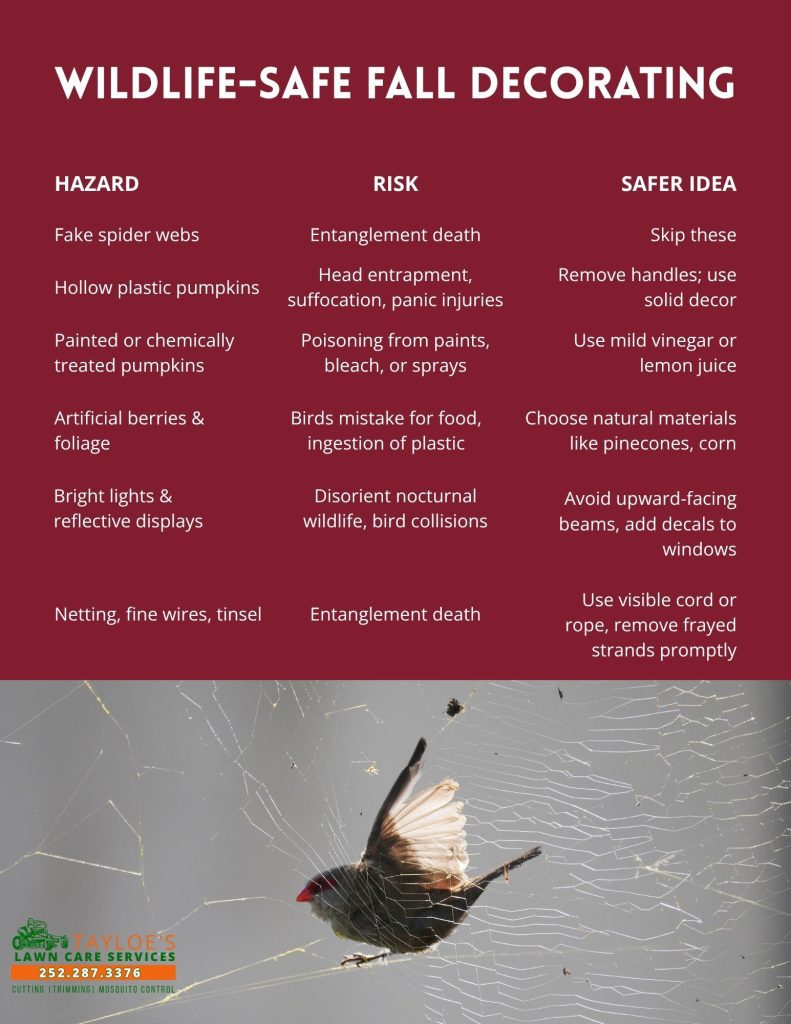
1. Fake Spider Webs & Stretchy Cobweb Décor
Why they’re a problem
Fake cobweb decorations—those stretchable, gauzy fibers—look spooky, but they’re a known danger to wildlife. Birds, bats, and even insects get wrapped in them so tightly they can’t break free. Rehabilitation centers report rescuing songbirds, screech-owls, hummingbirds, and other species caught in synthetic webbing.
Because Halloween falls during bird migration, the risk is magnified: migrating birds unfamiliar with your yard may fly right into decorations.
Even small insects (bees, butterflies) and small mammals (chipmunks, voles) can get tangled, suffer injury, or die.
A wildlife hospital director notes that entanglement from decorations can lead to toe amputations, restricted blood flow, or toxin build-up due to trapped fibers.
Case examples/reports
- WildCare rehab staff treated birds from Anna’s Hummingbirds to White-crowned Sparrows and Western Screech-Owls that had become entangled in decorative webs.
- The Santa Barbara Wildlife Care Network warns that “small, fast birds like hummingbirds can get caught and entangled in webbing” when fake webs are used outdoors.
- The Garden Experiments blog describes how a bumblebee got hopelessly tangled in artificial webbing and had to be cut free, still carrying bits of webbing on its legs.
Safer alternatives & mitigation
- Skip fake webs outdoors altogether. If you love the effect, use them indoors where wildlife won’t reach them.
- If you must use any web-like decoration outdoors, switch from ultra-fine synthetics to thicker rope-style webbing with large, visible strands and generous openings so animals don’t get trapped.
- Avoid stretching webs across bushes, trees, or flyways. Keep them close to the house or on inanimate surfaces where animals are less likely to interact.
- Check the webbing twice daily (morning and night) for any trapped creatures. If one is trapped, try cutting around the debris rather than trying to free the animal in place.
- Avoid decorations that incorporate loops or closed circles, as these can trap heads or body parts of curious animals.
2. Hollow Plastic Pumpkins, Buckets & Containers Can Be Death Traps
Why they’re a problem
Plastic trick-or-treat buckets and decorative hollow pumpkins look festive, but they can trap animals. Raccoons, squirrels, and deer may poke their heads or paws inside, get stuck, and be unable to free themselves.
Wildlife officials report recurring cases of deer with plastic pumpkins over their heads, often caught by the handle or rim. These trapped animals may panic, injure themselves, or even starve if the situation isn’t detected.
Beyond head entrapment, handles and openings can catch on antlers or limbs. Some decorations with wires or wires inside plastic can worsen the risk.
Case examples/reports
- The Greater Good blog notes that each year, wildlife agencies observe deer wandering with plastic pumpkin buckets stuck on their heads.
- Some bird sanctuaries issue warnings each fall about deer head entrapment in plastic pumpkins.
- Harmony Wildlife cautions that string lights or similar hanging decorations can snare deer (especially bucks) if hung where deer pass.
Safer alternatives & mitigation
- Use solid decorations outdoors (such as wood, ceramic, or metal) rather than hollow ones.
- Remove handles or narrow openings from buckets or hollow pieces if you plan to display them.
- Place hollow or container-style décor where wildlife can’t access it (e.g., elevated surfaces near the house).
- Consider turning plastic pumpkins upside down so that the open rims are not accessible.
- After the season, store or dispose of hollow plastics responsibly to prevent them from becoming litter hazards.
3. Painted, Bleached & Chemically Treated Pumpkins Endanger Wildlife
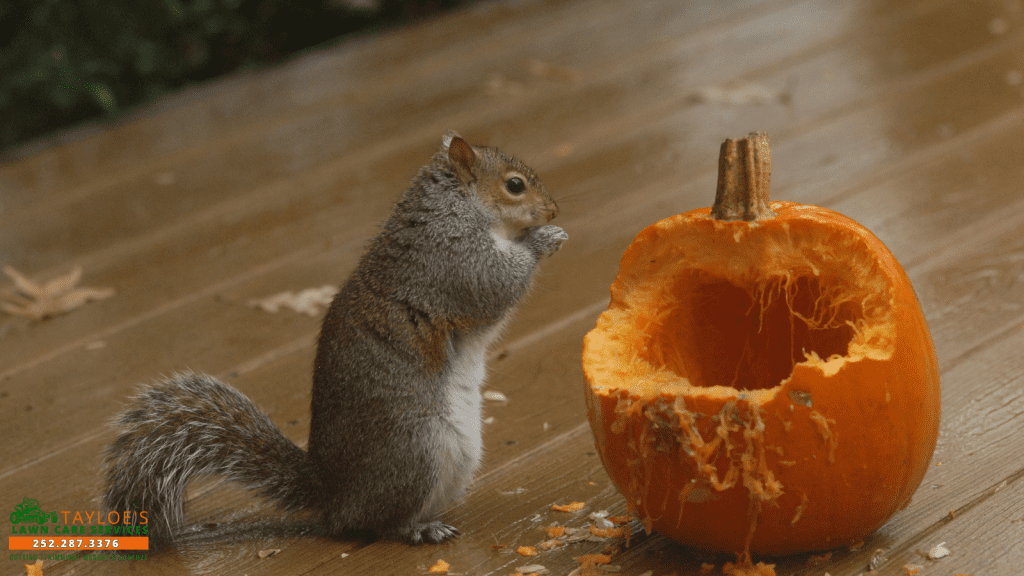
Why they’re a problem
Pumpkins are a fall staple—and many animals (squirrels, raccoons, deer) will nibble on them. But when pumpkins are painted, dipped, sprayed with bleach or fungicide, or otherwise chemically treated, they can endanger wildlife.
Chemicals may leach into the flesh of the fruit, with animals later eating it. Bleach, alcohol sprays, or heavy paints may be toxic or irritate digestive tracts.
In addition, treated pumpkins often last longer, meaning they remain attractive to wildlife longer, potentially prolonging exposure to harmful substances.
Case examples/reports
- Maine Public notes that using alcohol or bleach to preserve pumpkins can make them dangerous to wildlife.
- Better Homes & Gardens advises not to paint or bleach pumpkins outdoors because wildlife (especially squirrels and raccoons) may consume parts of them.
- A Popular Science article echoes this warning, quoting a wildlife veterinarian saying that decorations near roads (like pumpkins) may lure animals into danger, especially when they’re edible.
Safer alternatives & mitigation
- Use untreated pumpkins for outdoor displays. Let nature take its course.
- If you want to paint pumpkins, reserve those for indoor use only, away from foraging wildlife.
- To preserve carved pumpkins, use milder, wildlife-safe methods: a light vinegar soak, diluted bleach (very weak), or lemon juice spray. (Even then, rinse before leaving outside.)
- Regularly check carved pumpkins for mold or deterioration and remove them before they become a hazard.
- Compost or recycle pumpkins responsibly after the season so they don’t endanger wildlife.
4. Artificial Berries, Faux Wreaths & Decorative Foliage Can Hurt Birds
Why they’re a problem
Seasonal wreaths and garlands sometimes include artificial berries, plastic fruits, or synthetic foliage. Birds may mistake these for real food and peck or ingest them. Since these elements are non-digestible, they can cause internal blockages or toxic effects. Additionally, small plastic fragments can break off, contributing to microplastic pollution and litter in natural areas.
Some decorations mix real and fake elements, which confuses animals as to whether something is edible or not.
Case examples/reports
- Fake spider webs and plastic decorations pose risks; start using more natural materials instead.
- Many experts explicitly warn against decorations with “small, dangling, edible-looking parts,” which may attract hungry wildlife.
- Don’t put out decorations with loops or closed rings (which could snare animals) or small parts that resemble berries.
Safer alternatives & mitigation
- Use real, natural materials—such as pine cones, dried corn, gourds, acorns, dried leaves, and native seedpods—for wreaths and garlands.
- If you include any ornamental elements, choose large, clearly artificial pieces that animals will ignore rather than peck at.
- Avoid loose bits or fragments that can break off and be ingested.
- Secure all parts tightly (with wire, glue, or zip ties) so nothing dangles freely.
- After the season, collect all small pieces and avoid leaving stray bits in trimming or leaf litter.
5. Bright Lights, Strobes & Reflective Surfaces Endanger Animals
Why they’re a problem
Nocturnal animals (bats, owls, moths) and migrating birds are especially sensitive to light. Bright upward-facing lights, strobes, or floodlights can disorient nocturnal or migrating wildlife, disrupt feeding cycles, and attract insects (which in turn may attract predators) in unnatural ways.
During migration, birds rely on darkness and celestial cues. Artificial lights near flyways may disorient them, increase collision risk, or divert them from safe paths.
Reflective or mirrored surfaces can confuse animals, causing them to fly into or collide with objects, especially around windows. The Audubon Society notes that hundreds of millions of birds die annually from window collisions; Halloween provides a good opportunity to apply window decals or silhouettes.
Case examples/reports
- Audubon recommends decorating windows with decals or silhouettes (such as cats or ghosts) to make the glass visible and reduce bird collisions—an often-overlooked Halloween hazard.
- Try turning off lights on timers (11 p.m. to 6 a.m.) and using low-intensity “warm” lighting to reduce disturbance to nocturnal animals.
- String lights or hanging decorations in deer pathways can trap deer in their antlers or bodies.
Safer alternatives & mitigation
- Use warm, low-lumen lighting (amber, soft white) rather than harsh floodlights or strobes.
- Put lights on automatic timers to turn off during the darkest part of the night, when migrating birds or nocturnal wildlife are most active.
- Avoid shining lights upward toward the sky; direct them downward or sideways instead.
- Use window decals, silhouettes, or visible markers to break up glass reflections and reduce bird collisions.
- Minimize reflective surfaces or mirrored materials outdoors.
6. Netting, Thin Wires, Tinsel & Monofilament Endanger Wildlife
Why they’re a problem
Thin netting (garden netting, fishing line, monofilament), tinsel, or wire decorations are invisible to animals and can wrap around wings, limbs, or tails. They can cut into tissue, constrict growth, or sever limbs.
WildCare specifically warns that many animal injuries involve twine, string, or line caught around a limb or body. Even seemingly benign décor, such as fine wire or string, can lead to severe entanglement.
Case examples/reports
- Many injuries treated each year are 100% preventable, involving entanglement cases with string, twine, netting, or web-like materials.
- The Harmony Wildlife “Halloween Animal Safety” page explicitly mentions that monofilament (fishing line) is among the worst offenders because it’s nearly invisible to wildlife.
- Many veterinarians report that synthetic material (which is similar to fine fibers) is dangerous because animals struggle to escape.
Safer alternatives & mitigation
- Avoid using fine netting or string outdoors.
- If you absolutely must use ties or wires, use thick, visible cords (such as rope or jute twine) rather than invisible monofilament or thin-gauge wire.
- Ensure any wiring is tight, secured, and cannot flap or snag.
- Routinely inspect decorations for frayed lines or protruding edges.
- Dispose of all netting or string carefully, wrapping it tightly before discarding so that wildlife can’t reach stray strands.
FAQs to Avoid Fall Decorations That Endanger Wildlife
Q: Can I safely hang fake spider webs indoors only?
Yes. Hanging your webs inside windows, on mantels, or on interior walls ensures animals won’t get tangled. Use caution with pets and avoid areas where children or pets might chew or tangle.
Q: Are carved pumpkins generally safe outdoors?
They are safer when untreated. But even untreated pumpkins can pose risks near roads (attracting animals toward traffic). Also, as they degrade, they may become slippery or moldy hazards — remove them before they collapse.
Q: How can I help if I find a bird or animal caught in a decorating hazard?
Don’t try to pull it free forcibly. Instead, cut around the entrapment and place the animal (if alive) in a ventilated cardboard box, then contact a licensed wildlife rehabilitator for evaluation.
Q: Do small decorations really matter?
Yes. Even the tiniest fragment—a thread, wire, or plastic shard—can injure or kill small animals. Many wildlife rescue cases stem from what seem like inconsequential pieces of line or string.
Final Thoughts on How Fall Decor Can Endanger Wildlife
Decorating for fall and Halloween is a cherished tradition, but it comes with responsibility. Many decorations we take for granted—fake webs, plastic pumpkins, treated gourds, string lights, fine wires—pose real dangers to birds, insects, bats, squirrels, deer, and more. Because fall overlaps with migration, these risks are magnified.
By making informed swaps—favoring natural materials, limiting synthetic web use, choosing solid decor, using gentle lighting, and disposing decorations responsibly—you can create a welcoming, festive yard without turning it into a place that will endanger wildlife.
Author Profile

- Randy Tayloe is the COO of Tayloe's Lawn Care Service, LLC. He is a certified custom applicator, recognized by the North Carolina Department of Agriculture Pesticide Division. A native of Bertie County, NC, and graduate of Bertie High School, he wants to beautify his home county - one yard at a time.
Latest entries
 FaunaOctober 3, 2025Fall decorations that endanger wildlife (and how to avoid the risks)
FaunaOctober 3, 2025Fall decorations that endanger wildlife (and how to avoid the risks) GardeningApril 1, 2025Fountain grasses add colorful foliage and movement
GardeningApril 1, 2025Fountain grasses add colorful foliage and movement GardeningMarch 21, 2025White cloud muhly grass growing guide
GardeningMarch 21, 2025White cloud muhly grass growing guide Lawn CareFebruary 25, 2025Should I mow every week?
Lawn CareFebruary 25, 2025Should I mow every week?
